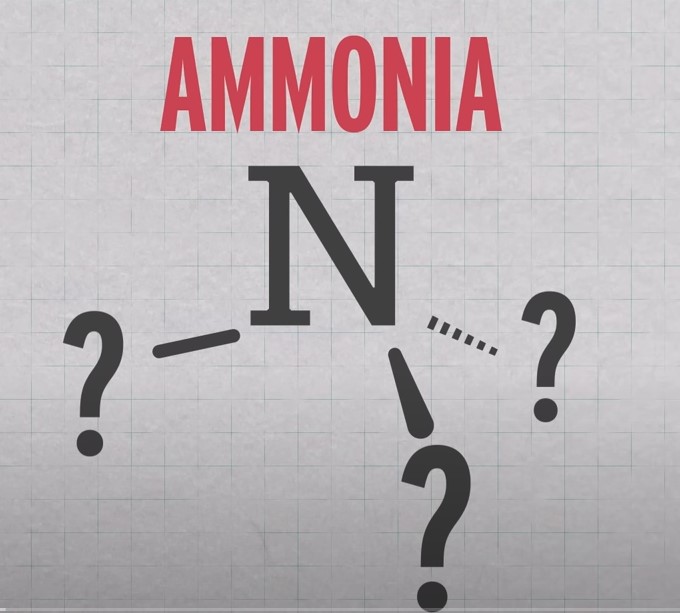The Haber process itself was invented for the same affordability reason. Ammonia production using older methods, like cyanamide, are the chemistry equivalent of organic food. It kept costs high and production low. Prior to German chemist Fritz Haber inventing the way to convert readily available atmospheric nitrogen to ammonia, it was difficult to produce on an industrial scale - which meant high cost. Plus, efforts like mining niter in remote countries was no way to feed the world, it was instead like trying to use whale oil or alcohol to light homes - resulting in products only for the wealthy.

The planet needed a better solution and Haber got the assignment at BASF in Germany. He succeeded and won the Nobel Prize for it.
It has survived all challenges since. Like the combustion engine, it remains more efficient than attempted alternatives. Yet with 1% of energy and perhaps 2% of emissions using in its process worldwide, chemists think they can do better. An American Chemical Society video has an overview.
Can they do better in a practical sense, when three other efforts in the past century have failed? Electron error in the video aside, it's a lot more challenging at scale.
There is a reason Carl Bosch, who made the Haber process practical to scale on an industrial level. got his own Nobel prize decades later, and his name commonly hyphenated on. In a lab, lots of things are easy. Cancer has been cured 10,000 times in rats. Theoretical physicists don't even need a lab, they write science-fiction using the language of math.
Yet this Nitrogen Reduction Reaction device is tiny, so scale may be more achievable. In a video.
Solar and wind also do better than natural gas on paper yet $4 trillion in government spending later and conventional energy usage has only changed by 0.1%. For that money, we could have powered the entire planet with nuclear energy and emissions would already have plummeted. The reason is because the tech fails to meet even conservative expectations in the real world.
The challenge alternatives always face is being better beyond lab results. The Haber Process took off because the benefit was clear. It needed no government mandates or subsidies or conspiracy tales that a better process was purchased and scuttled so that the Old Ways would remain. NRR has long promised to do the same. Perhaps this will be the one.




Comments